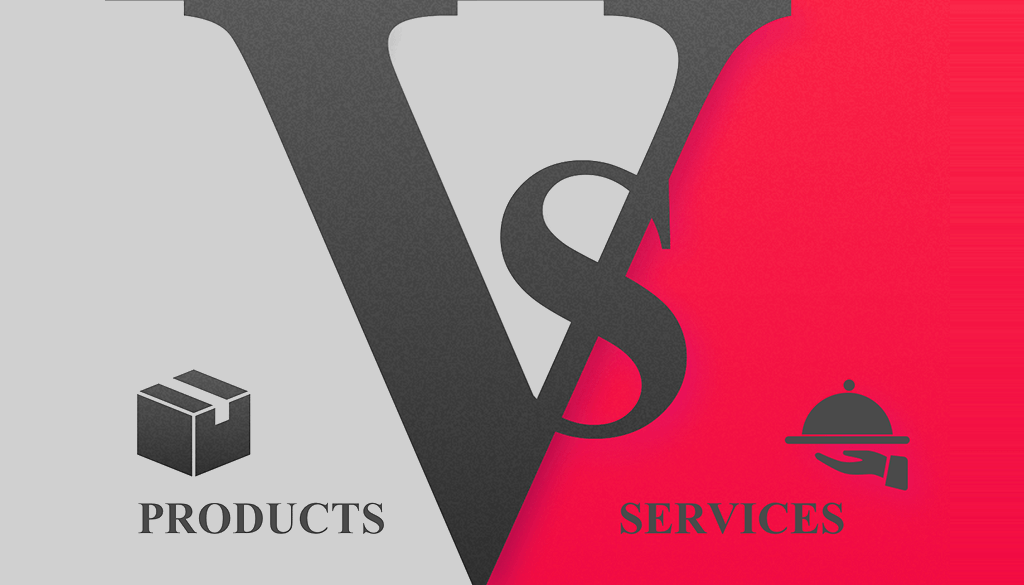If you manage a service-based business, you’re certainly aware of how ineffective some traditional product-based marketing approaches can be in promoting your company. The fact is, if you provide a service rather than a product, it can be downright detrimental to your company’s reputation and the perceived value of your service to use product-based marketing techniques.
Service businesses differ from tangible-goods companies in many ways. Many service companies focus their marketing efforts on the goal of instilling the proper perceived value of the service – the customer must feel – must KNOW – that their life will be made easier, better or richer in some way from using the service. Since the customer, in many cases, won’t walk out of your office with a tangible product in-hand, this emotional connection is an imperative element in service marketing. The (sometimes) unfortunate reality is that service providers have to work many times harder than their product-offering counterparts to persuade the consumer of the service’s intrinsic value.
While product-based marketing is nearly always price-centric, most high-end service providers do not compete on price – largely because they know that it’s a losing proposition. There will always be someone waiting around the corner willing to do the job cheaper. Unless you’re looking to drive your company on volume sales, price-cutting is probably not the best approach to attract buyers. In fact, this approach can be downright dangerous.
Price cutting can lead to devaluation of the service being provided and also lead to a decline in the quality of services being offered as a result of lesser-qualified firms entering the market to compete on the basis of price alone.
In order to compete in a saturated market without resorting to price-cutting, it’s imperative to define your company’s unique – TRULY unique – selling proposition. Why are you better? What can you say that your competitors can’t? And – the most important questions of all – Why should I, as a consumer, care? What’s in it for me? Once these questions have been answered, you can approach your audience with confidence and know – and communicate – that, regardless of how many other, cheaper options they may come across, they’d be crazy to do business with anyone else.
